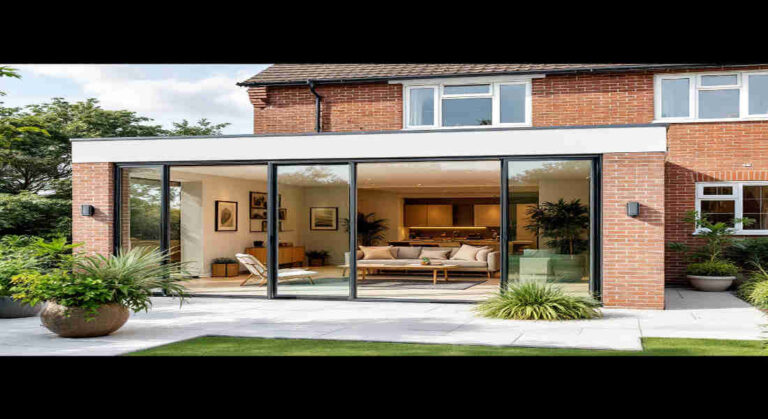Garden room extensions are gaining popularity as a practical and stylish way to expand living spaces. Whether you need a home office, a personal gym, or a cozy retreat, building a garden room can be an exciting project. However, before diving in, it’s essential to understand the costs involved and create a realistic budget to avoid financial surprises.
Understanding Garden Room Extensions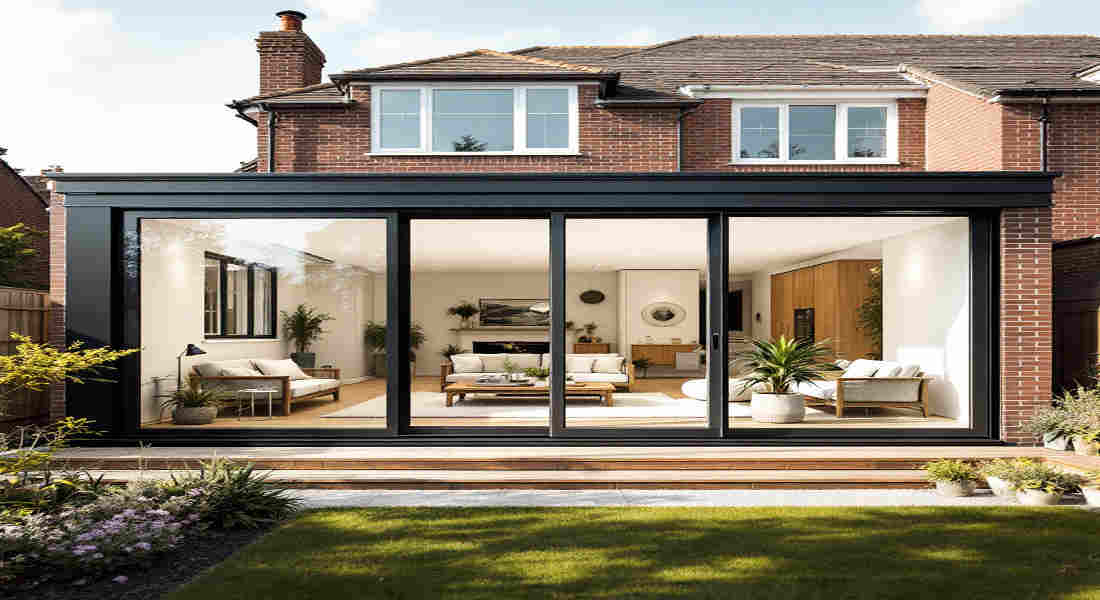
What is a Garden Room Extension?
A garden room extension is a standalone or semi-attached structure typically built in your backyard or garden area. Unlike traditional home extensions, garden rooms are often designed to blend seamlessly with outdoor spaces while offering functionality and comfort. They are versatile, customizable, and can serve a wide range of purposes.
Common Uses for Garden Room Extensions
Garden rooms are incredibly flexible. Here are some of the most popular ways homeowners utilize them:
- Home Office: A quiet and dedicated workspace away from household distractions.
- Home Gym: A private space to exercise and store fitness equipment.
- Art Studio or Workshop: Perfect for creative hobbies or small-scale projects.
- Guest Room: An inviting space for friends, family, or visitors.
- Entertainment Space or Retreat: A cozy area for relaxation, movie nights, or social gatherings.
Benefits of Garden Room Extensions
Compared to traditional extensions, garden rooms offer several advantages:
- Affordability: Garden rooms are typically cheaper than full home extensions.
- Faster Construction: They can be built relatively quickly with minimal disruption to your home.
- Flexibility: They can be customized to fit specific needs and preferences.
- Minimal Planning Requirements: Many garden rooms fall under permitted development rules, eliminating the need for planning permission.
How Much Does a House Garden Room Extension Cost?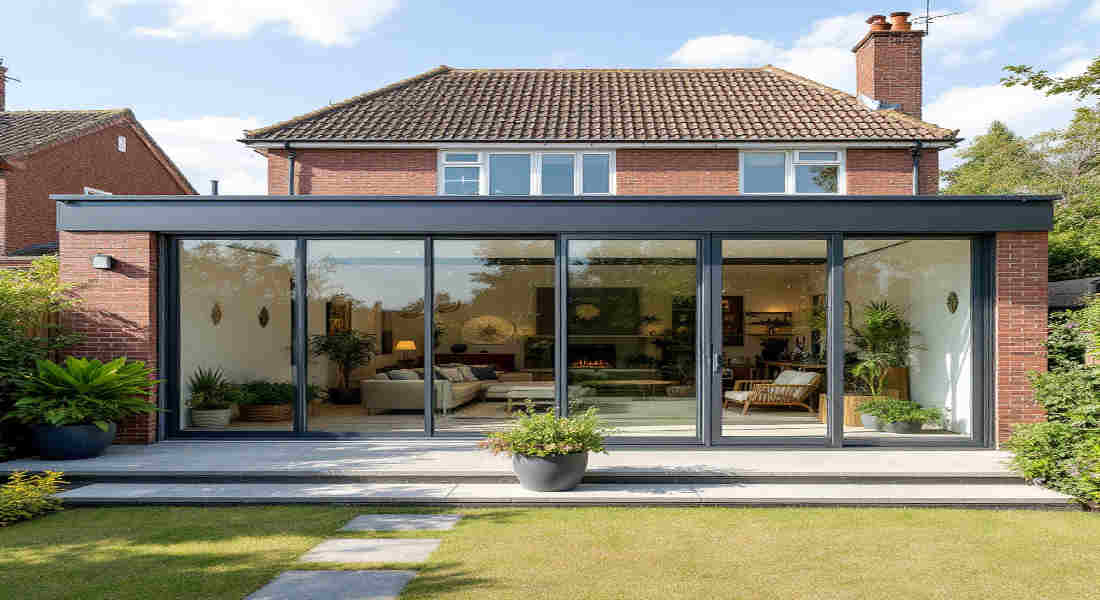
When it comes to how much a house garden room extension costs, the answer depends on several factors, such as size, materials, and design complexity. Let’s break it down.
Average Cost Range
The average cost of a garden room extension falls between £23,000 and £35,000 in the UK. For smaller and more basic designs, you might spend as little as £10,000, while premium designs with high-end finishes can exceed £70,000.
You may also read (disabled parking outside my house).
On a per square meter basis, costs typically range from £850 to £3,800, with an average of around £2,000 per sqm. This makes garden rooms more affordable than traditional home extensions, which can cost between £1,500 to £3,500 per sqm.
Room Size and Cost Breakdown
Here’s a table to help you estimate costs based on different room sizes:
Room Size (sqm)Estimated Cost Range (£)
4 (2m x 2m) 3,400 – 15,200
9 (3m x 3m) 7,650 – 34,200
16 (4m x 4m) 13,600 – 60,800
20 (4m x 5m) 17,000 – 76,000
Premium Designs and Features
Luxury materials, custom features, and advanced systems like smart heating or built-in furniture can significantly increase costs. For example:
- High-end timber or brick finishes: Add durability and aesthetic appeal but come at a premium price.
- Floor-to-ceiling glass panels: Enhance natural light but increase material and installation costs.
- Integrated utilities: Electrical wiring, plumbing, and heating systems can add thousands to the final price.
Key Factors Influencing the Cost of a Garden Room Extension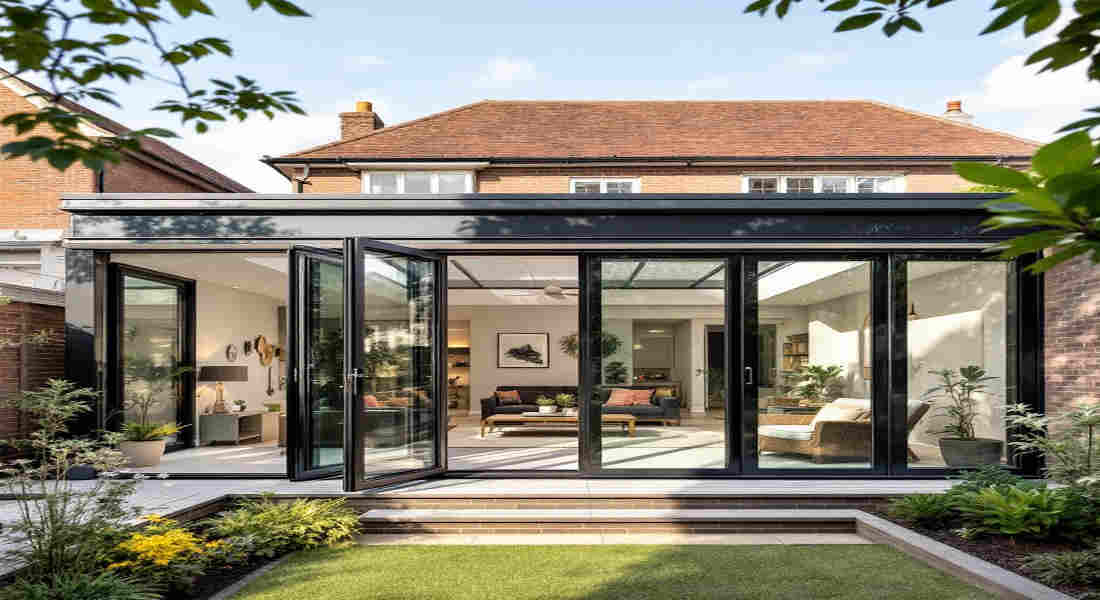
Several factors impact the cost of a garden room extension. Understanding these elements can help you plan and budget effectively.
Size and Design Complexity
Larger garden rooms naturally require more materials and labor, increasing costs. Similarly, intricate designs with unique architectural features or non-standard shapes will cost more than simple, rectangular layouts.
You may also read (how to determine water line responsibility from street to house).
Materials
The choice of materials plays a significant role in determining costs. For example:
- Timber cladding is cost-effective and popular for garden rooms.
- Brick or stone exteriors add durability but are more expensive.
- Insulation and glazing are essential for year-round usability and can increase upfront costs.
Utilities and Installation
Adding utilities like electricity, plumbing, and heating systems increases the total cost. For example:
- Installing underfloor heating or air conditioning can add £1,000 – £3,000.
- Plumbing for a bathroom or kitchenette can range from £500 to £5,000.
Site Preparation and Foundations
Preparing the site is a crucial step that can affect the budget. Costs for groundwork, leveling, and laying foundations vary depending on the following:
- Soil conditions.
- Accessibility of the site.
- The type of foundation required (e.g., concrete slab, screw piles).
Planning and Permits
While many garden rooms fall under permitted development, some may require planning permission or compliance with building regulations. Permit application fees can range from £200 to £500, depending on your location.
Additional Features
Optional extras can quickly add up, such as:
- Built-in furniture.
- Smart home systems.
- Landscaping around the garden room.
How to Create a Realistic Budget for Your Garden Room Extension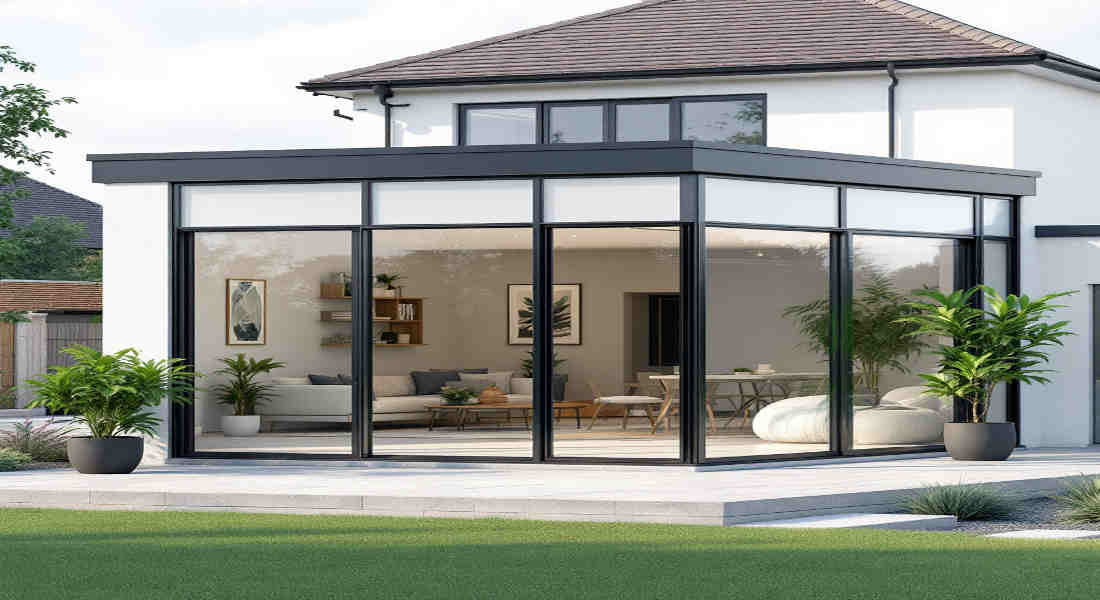
Budgeting is an essential step to ensure your garden room project runs smoothly. Follow these steps to create a practical budget:
- Calculate the Size of Your Extension
- Determine the desired dimensions in square meters. Multiply this by the average cost per sqm in your area.
- Research Costs
- Research material costs, labor charges, and additional fees to get a sense of the total expenses.
- Include a Contingency Fund
- Set aside 10-15% of your budget for unexpected costs, such as delays or material shortages.
- Account for Additional Expenses
- Don’t forget to include planning fees, design consultation charges, and project management costs.
- Compare Quotes
- Obtain multiple quotes from contractors to compare prices and ensure you’re getting the best deal.
Cost-Saving Tips Without Compromising Quality
Here are some practical ways to save money while still achieving a high-quality garden room extension:
- Choose Simple Designs: Opt for square or rectangular layouts to reduce construction complexity.
- Use Standard Materials: Avoid premium finishes and choose cost-effective alternatives.
- Consider Modular Kits: Prefabricated garden room kits are more affordable and faster to install.
- Prioritize Energy Efficiency: Invest in good insulation and energy-efficient systems to save on long-term running costs.
- Limit Extra Features: Focus on essential features and avoid unnecessary add-ons.
Comparing Garden Rooms with Traditional Home Extensions
Garden rooms are often considered a more affordable and convenient alternative to traditional home extensions. Here’s how they compare:
Cost
Garden rooms typically cost 50% less than traditional extensions, depending on the design and materials.
Timeframe
Garden rooms can be completed in 4-8 weeks, while traditional extensions may take several months.
Flexibility
Unlike fixed home extensions, some garden rooms can be relocated or reconfigured as needed.
Property Value
Both garden rooms and traditional extensions can increase property value, but garden rooms offer a quicker return on investment for their lower upfront cost.
Financing Your Garden Room Extension
If you’re wondering how to fund your garden room project, here are a few options to consider:
- Savings: The most cost-effective option if you can afford to pay upfront.
- Personal Loans: A good choice for manageable monthly repayments.
- Remortgaging: Allows you to borrow against your home equity.
- Government Grants: Inquire about grants or incentives for energy-efficient home improvements.
Final Checklist Before Starting Your Garden Room Extension
Before construction begins, ensure you’ve covered all your bases with this checklist:
- Confirm your budget and obtain detailed quotes.
- Check local planning regulations and obtain necessary permits.
- Hire reliable contractors with positive reviews.
- Plan the project timeline and set milestones.
- Prepare the site for construction and ensure accessibility.
You may also read (a guide to burning garden waste at home).

